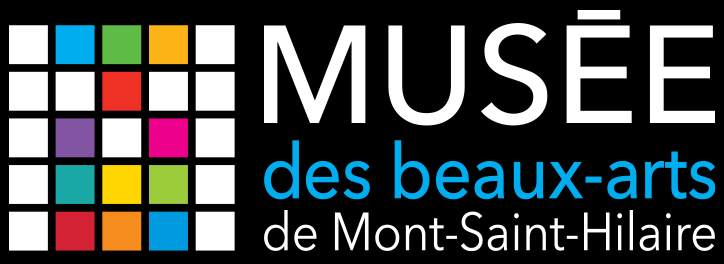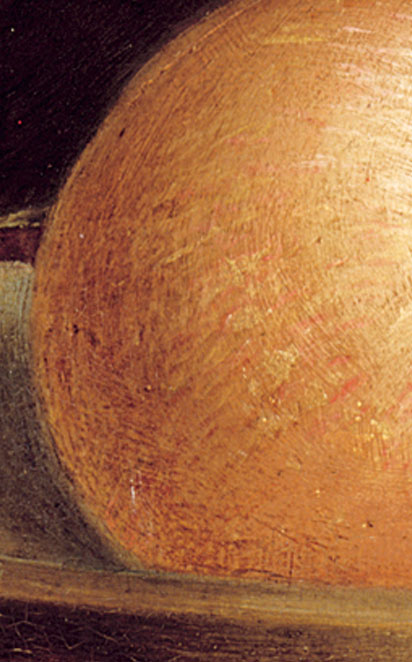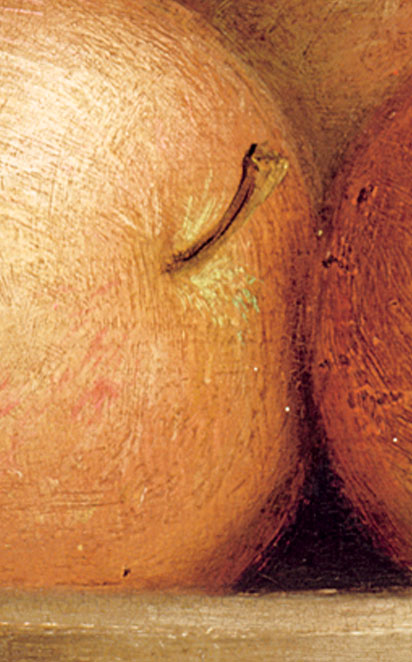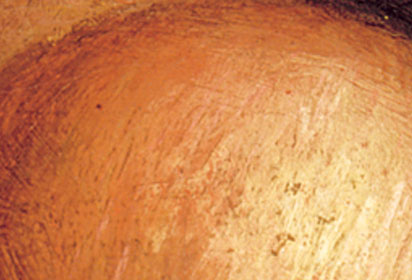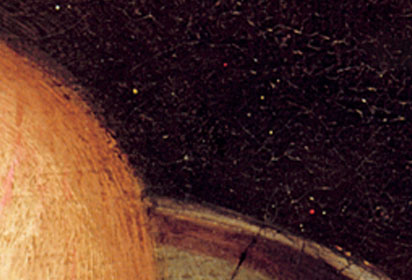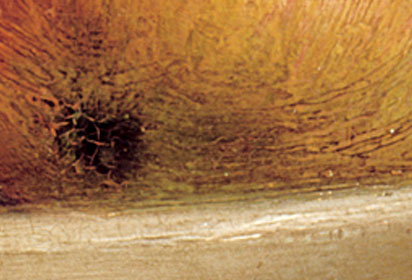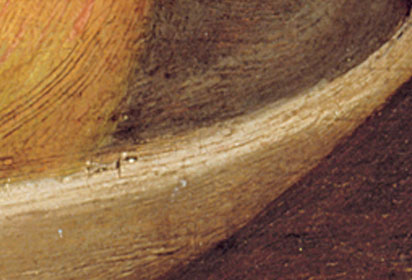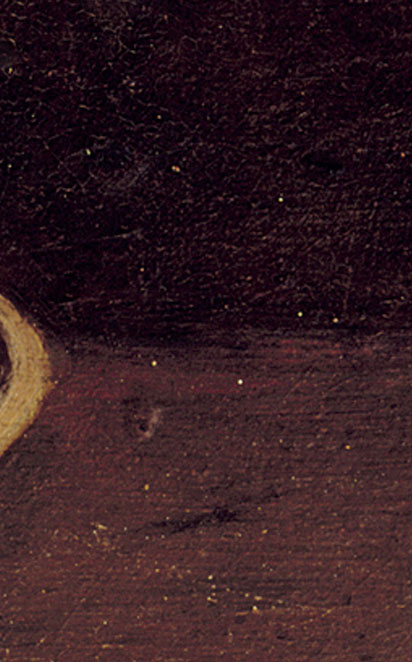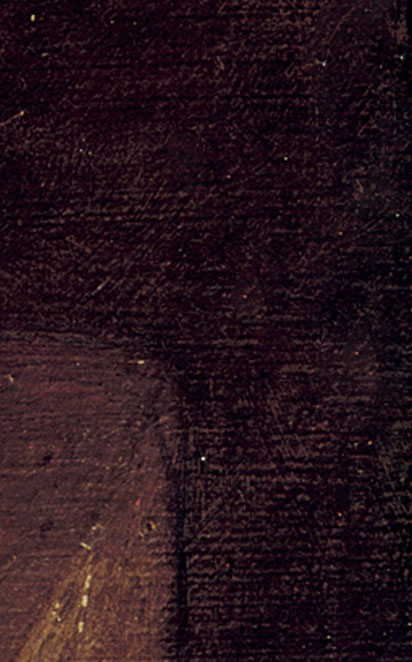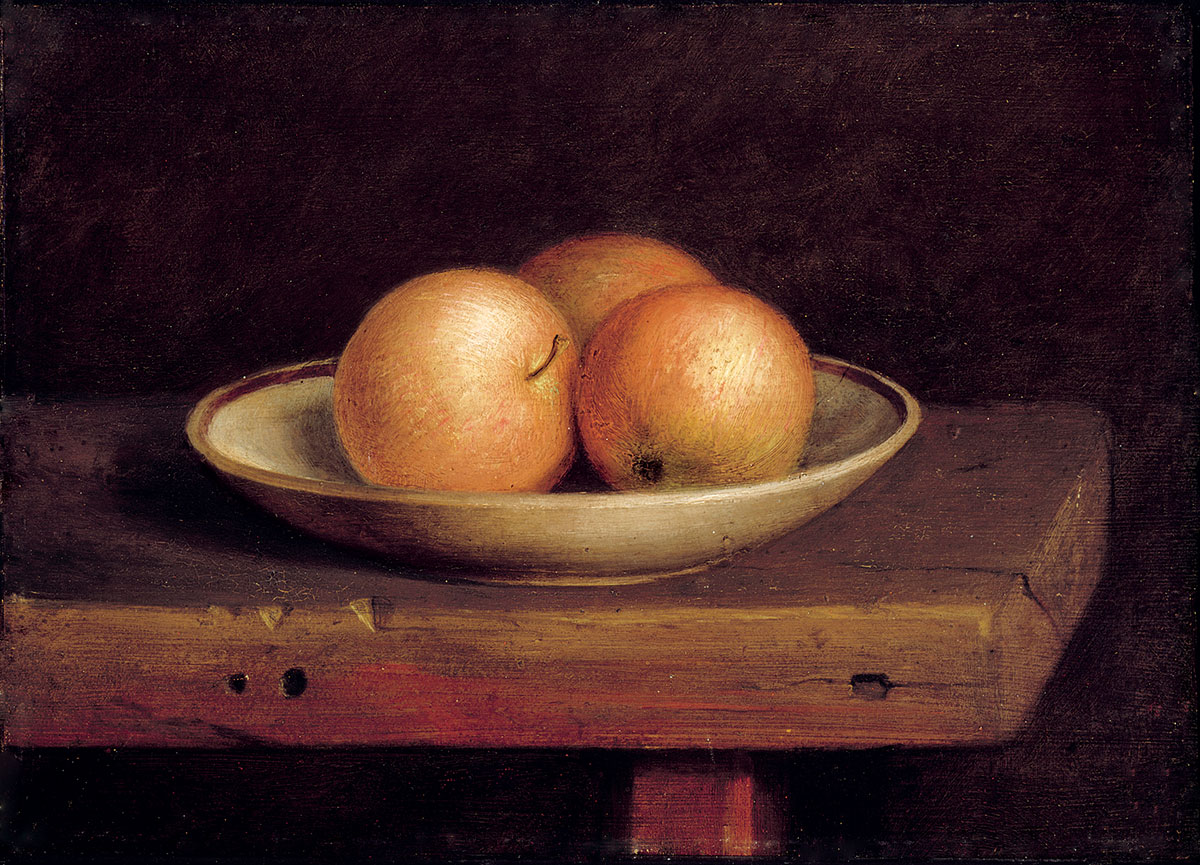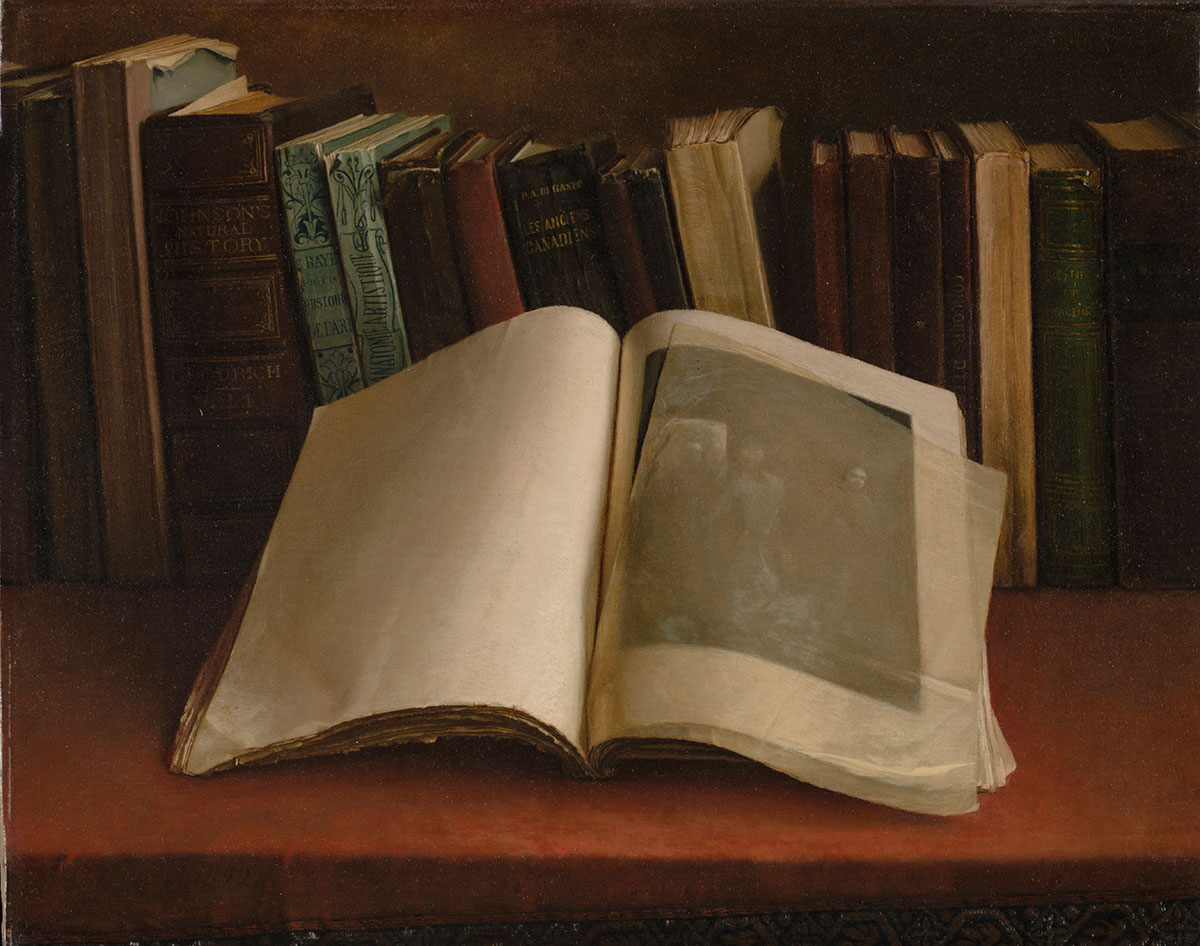Still lifes
Working with light
Like his portraits, Ozias Leduc’s still lifes allow us to enter into the artist’s intimacy. Almost all of them consist of simple and everyday objects: a candle holder, a piece of bread, a knife, a drinking glass, apples, books, a magnifying glass.
As is the case in the rest of his work, the quality of Leduc's still lifes derives from the treatment of light. These are small paintings, inviting the viewer to get closer and discover their details. Beforehand, the artist thinks at length about the arrangement of the objects and the details of the execution.
He paints his first still life, The three apples (1887), at the age of 22. Three fruits are placed in a shallow plate at the edge of a table. The three apples, almost perfect spheres, radiate a light that could be a symbol of the Holy Trinity. They are smooth and without a blemish, while the surrounding objects bear the scars from the passage of time.
For Leduc, nature is a major source of inspiration and a model of perfection that he represents throughout his work.
Revealing and hiding
Thanks to Still life with books (1892), Leduc obtains a first prize of $100 given to an artist under the age of thirty who is not a member of the Art Association of Montreal, ancestor of the Montreal Museum of Fine Arts.
About twenty books are lined up on a narrow table. These seem to have been frequently read. One can glimpse the subjects from their titles: anatomy, art history and works of canadian literature.
The eye is drawn to the open book in the center of the painting. Like those in the background, its subject is difficult to identify. With refinement and technique, Leduc hides the underlying image using a thin sheet of translucent paper. The artist simultaneously reveals the subject as he masks it, making it inaccessible and mysterious.
